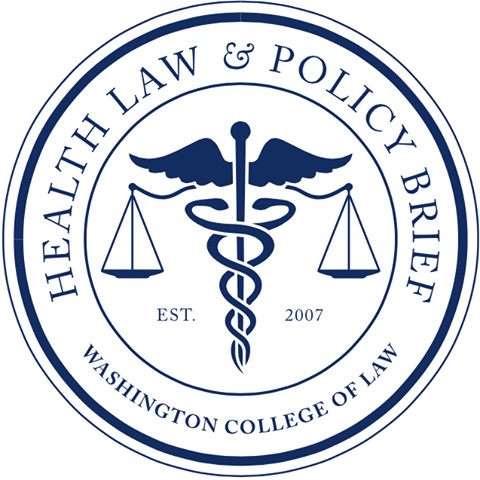Pharmacy Benefit Managers (“PBMs”) have come under intense scrutiny recently. A recent report by the Federal Trade Commission (“FTC”) noted that PBMs are profiting “at the expense of patients.” However, before discussing the recent scrutiny of PBMs, it is important to understand what role PBMs play in the overall United States healthcare industry.
What we consider everyday happenstance today—pharmacies dispensing prescription drugs—emerged in the early 1910s, for narcotics, and in the 1950s for nonnarcotics. Soon after pharmacies began dispensing prescription nonnarcotics, pharmacists founded PBMs. However, not long after PBMs were established, their industry underwent rapid horizontal and vertical integration. The FTC report stated that this integration has led to “the top three PBMs [to process] nearly 80 percent of the approximately 6.6 billion prescriptions dispensed by U.S. pharmacies in 2023, while the top six PBMs processed more than 90 percent.”
This integration has also caught the attention of antitrust authorities – in 2017 the Department of Justice (“DOJ”) blocked mergers of major health insurers Aetna-Humana and Anthem-Cigna. However, DOJ’s challenges opened the door for two of these insurance companies to merge with some of the largest PBMs in the market. In 2018, CVS Health (the largest PBM, with a 21.3% share of the market) acquired Aetna, while Express Scripts (the third largest PBM, with a 17.1%share of the market) merged with Cigna. PBMs merging with insurers seems to be the current trend—the FTC report noted that “five of the top six PBMs are now part of corporate healthcare conglomerates that also own and operate some of the nation’s largest health insurance companies, including three of the five largest health insurers in the country.”
Now that we know when PBMs originated and how they fit into the broader healthcare industry, it’s important to clarify their role. Essentially, PBMs are the middlemen between “drug companies, insurers, and pharmacies.” PBMs operate within a complex framework, and an entire paper could be written on what role they play; importantly, PBMS:
Act as negotiating entities between several actors in the prescription drug supply chain. Insurers work with PBMs as third-party contractors that manage their prescription drug benefits. PBMs create and update formularies of preferred drugs, with different prices and cost-sharing amounts that influence what beneficiaries pay out of pocket and which medications they can access through their insurance. PBMs negotiate rebates and discounts for an insurance plan from drug manufacturers and determine the prices insurers pay and the payments pharmacies receive. PBMs can also take on the administrative role of directly reimbursing retail pharmacies on behalf of an insurer. Both public and private insurers, including Medicaid, Medicare Advantage plans, employer-sponsored insurance plans, and individual market plans, use PBM services.
So what’s the problem? Along with the FTC report noting that few PBMs dominate the market, PBMs and insurers are generally a part of the same large conglomerate, the FTC importantly noted that PBMs are putting “profits before patients.” PBMs ensure their profits in a variety of ways. As mentioned above, just six PBMs control 90% of the market, so these PBMs, which decide which medicines you may receive and at what price, tend to steer people to the pharmacies they own. The FTC report noted that this creates a conflict of interest which would only lead to an “increase in medicine costs.” Further, PBMs make money through rebates and fees they charge, charges that are dependent on the price of the medicine they are selling—which means when the price of medicine rises, so do the profits of PBMs. Finally, it is worth noting that “PBMs get billions of dollars in rebates and discounts that reduce the cost of brand medicines by 50% or more … [y]et they often force patients to pay based on the full price.” So while PBMs dominate the market and can negotiate the cost of medicine, this cost-saving rate is not reflected in customer costs, who are still expected to pay full price.
